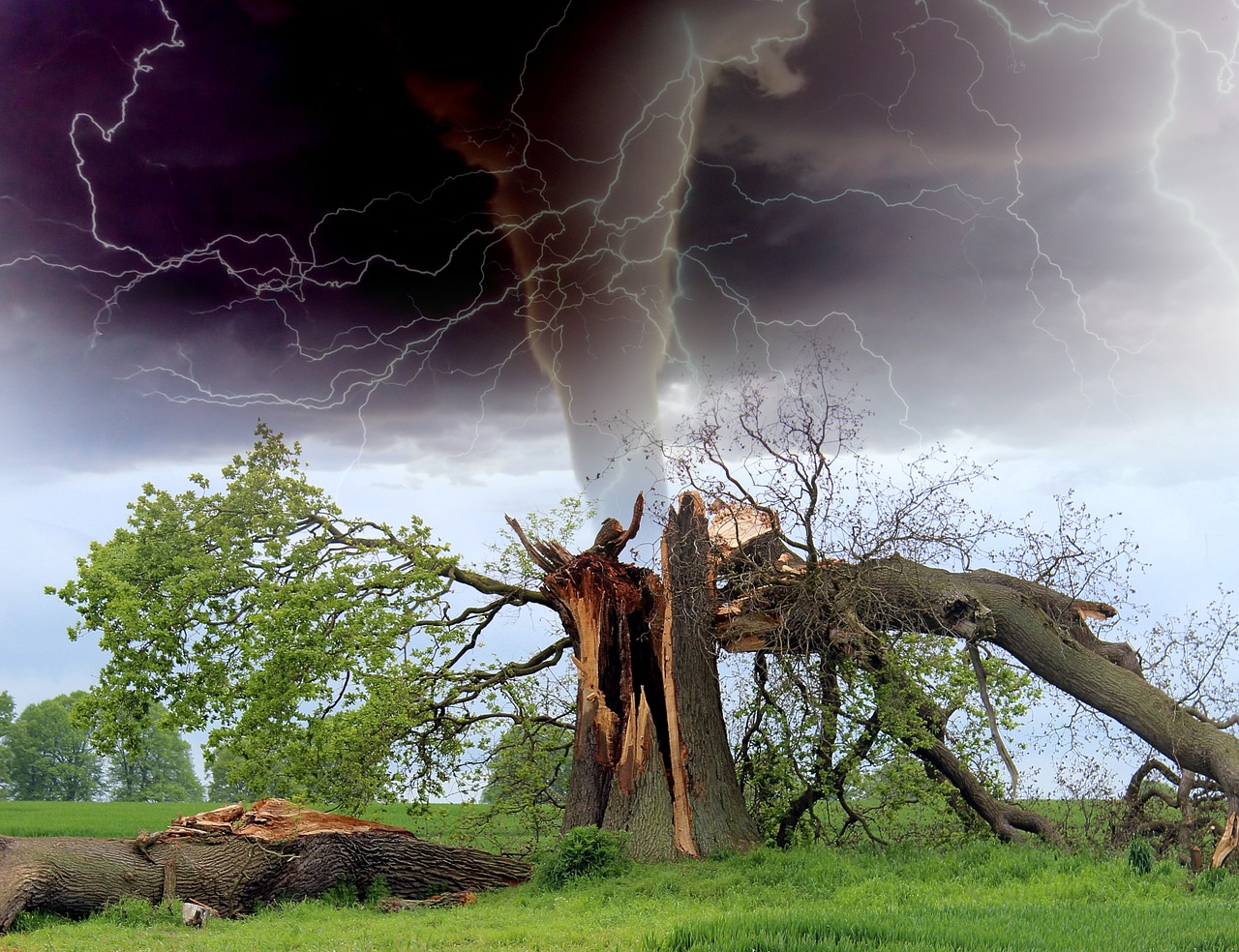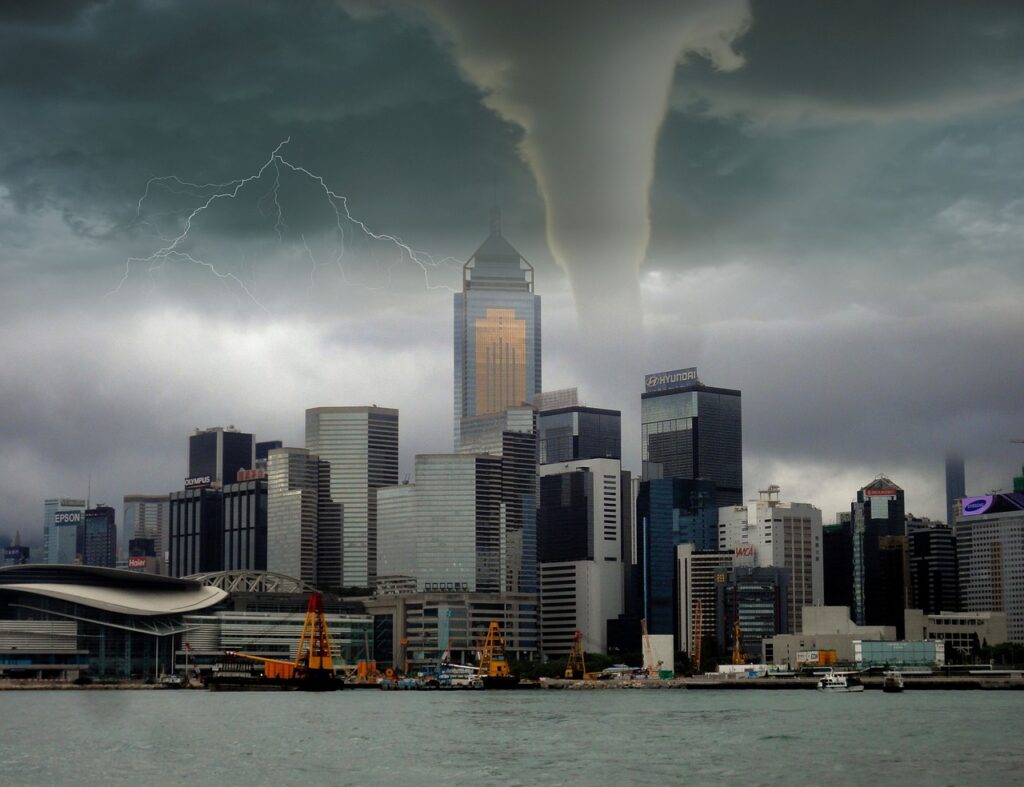Tornado Safety Tips – Tornadoes are one of nature’s most powerful and destructive forces. These swirling columns of air can cause immense damage to communities and pose significant risks to human life. Understanding tornado safety is crucial for anyone living in or traveling to areas prone to tornado activity.
Understanding Tornado Watches and Warnings
Before delving into tornado safety tips, it’s essential to understand the terminology used by meteorologists to alert the public to potential tornadoes. A tornado watch means that weather conditions are conducive to tornado formation, while a tornado warning indicates that a tornado has been sighted or detected by radar. It’s vital to take immediate action when a warning is issued to ensure your safety.
Preparing for a Tornado
Preparation is key to surviving a tornado safely. Develop a comprehensive safety plan for your household, including designated shelter areas and emergency contacts. Additionally, assemble an emergency kit containing essential supplies such as food, water, medications, and first aid supplies.
Tornado Safety Inside the Home
Identify the safest areas of your home where you can seek shelter during a tornado, such as basements, storm cellars, or interior rooms on the lowest level. Ensure that these spaces are free of hazards and reinforce them to provide added protection. Secure windows, doors, and heavy furniture to prevent them from becoming airborne projectiles during a tornado.
Tornado Safety Outside the Home
If you find yourself outdoors when a tornado approaches, seek shelter immediately in a sturdy building or underground structure. If no shelter is available, lie flat in a low-lying area such as a ditch or culvert, covering your head and neck with your arms. Avoid seeking shelter under bridges or overpasses, as these locations can be extremely dangerous during a tornado.
During a Tornado
When a tornado warning is issued for your area, take immediate action to protect yourself and your loved ones. Move to your designated shelter area and stay away from windows, doors, and exterior walls. If you are in a vehicle, abandon it and seek shelter in a nearby building or lie flat in a low-lying area.
Post-Tornado Safety Measures
After the tornado has passed, check yourself and others for injuries and administer first aid as needed. Assess your home for damage, being mindful of potential hazards such as downed power lines and gas leaks. Follow local authorities’ instructions regarding evacuation or sheltering in place until it is safe to venture outside.
Community Preparedness
Community-wide tornado drills and emergency preparedness initiatives play a crucial role in ensuring public safety during tornado events. Participate in these drills and encourage your neighbors to do the same. Additionally, offer assistance to those in need following a tornado, such as providing shelter or helping with cleanup efforts.
Technology and Tornado Safety
Advancements in technology have made it easier than ever to stay informed about severe weather threats. Download weather apps on your smartphone and enable emergency alerts to receive timely notifications about tornado warnings in your area. Invest in a NOAA Weather Radio for additional peace of mind, especially in areas with unreliable cellular service.
Tornado Safety for Different Locations
Tornado safety strategies may vary depending on your location, whether you live in an urban or rural area. Urban residents should familiarize themselves with designated tornado shelters in their community, while rural residents may need to seek shelter in basements or storm cellars.
Common Myths About Tornado Safety
There are many misconceptions surrounding tornado safety, such as the idea that opening windows will equalize pressure during a tornado. Educate yourself about these myths and focus on implementing evidence-based safety measures to protect yourself and your family.
Educational Resources for Tornado Safety
Numerous websites and guides offer valuable information about tornado safety and preparedness. Take advantage of these resources to educate yourself and others about the steps you can take to stay safe during tornado season.
Tornado Safety for Pets and Livestock
Don’t forget about the safety of your furry friends and farm animals during a tornado. Keep pets indoors during severe weather events and have a plan in place to bring them to a safe area if necessary. For livestock, ensure that they have access to sturdy shelter or a safe pasture away from potential debris.
Recovery and Rebuilding After a Tornado
Recovering from a tornado can be a lengthy and challenging process, both physically and emotionally. Seek assistance from local disaster relief organizations and government agencies to access resources for rebuilding your home and community. Don’t hesitate to reach out for mental health support if you’re struggling to cope with the aftermath of a tornado.
Conclusion
Tornado safety is not something to be taken lightly. By following the tips outlined in this article and staying informed about severe weather threats, you can significantly reduce your risk of injury or harm during a tornado. Remember to prioritize preparedness and take action quickly when tornado warnings are issued.
FAQs (Frequently Asked Questions)
- How often do tornadoes occur?
- Tornado frequency varies depending on geographic location, but they can occur anywhere in the United States.
- Can you outrun a tornado in a car?
- No, attempting to outrun a tornado in a vehicle is extremely dangerous. It’s best to seek shelter in a sturdy building or lie flat in a low-lying area.
- What should I do if I’m caught outside during a tornado?
- Seek shelter in a sturdy building if possible. If no shelter is available, lie flat in a low-lying area and cover your head with your arms.
- Do tornadoes only occur in the spring?
- While tornado season typically peaks in the spring, tornadoes can occur at any time of year, depending on weather conditions.
- How can I help my community prepare for tornadoes?
- Participate in tornado drills, educate your neighbors about tornado safety, and volunteer with local emergency response organizations.





